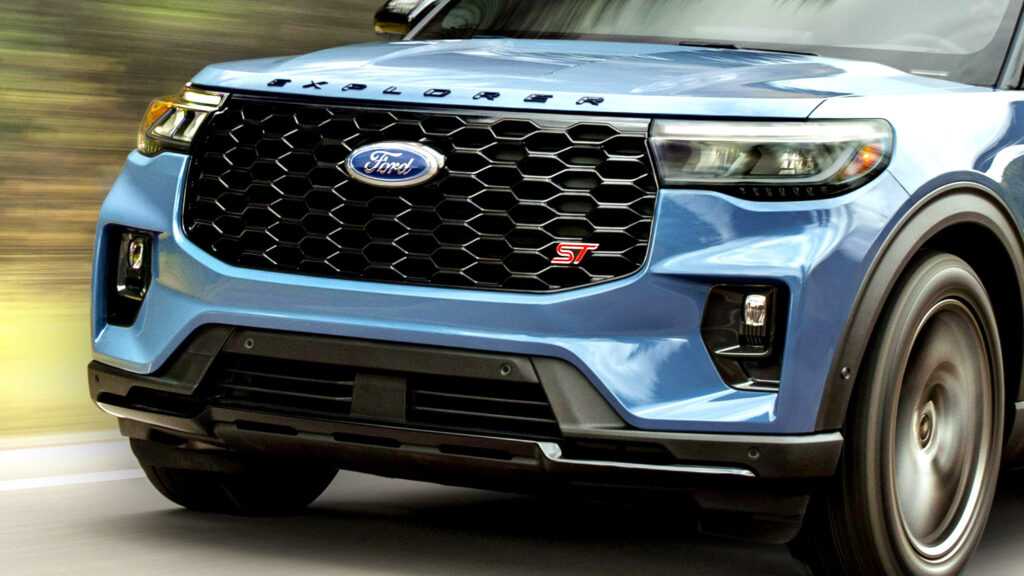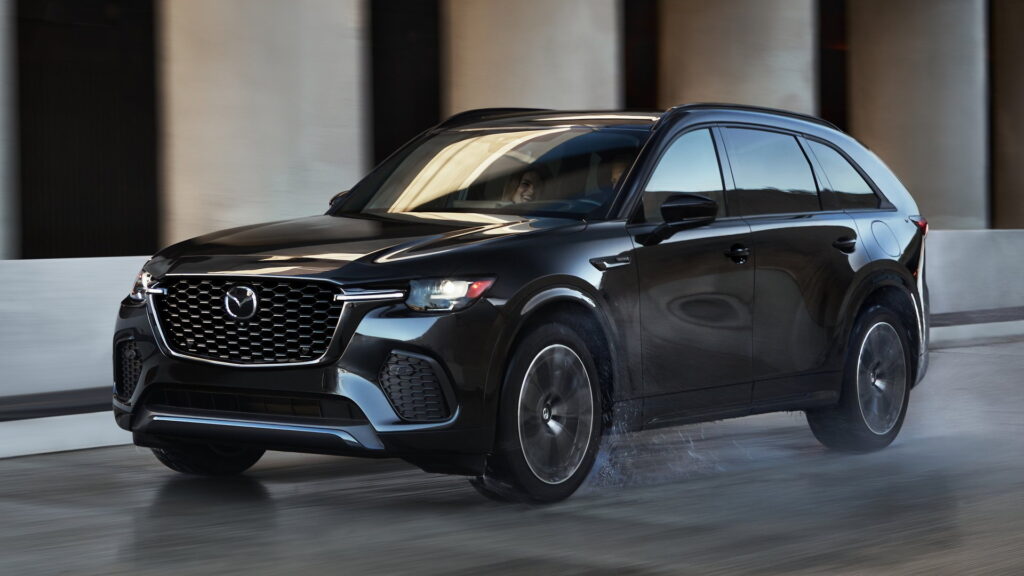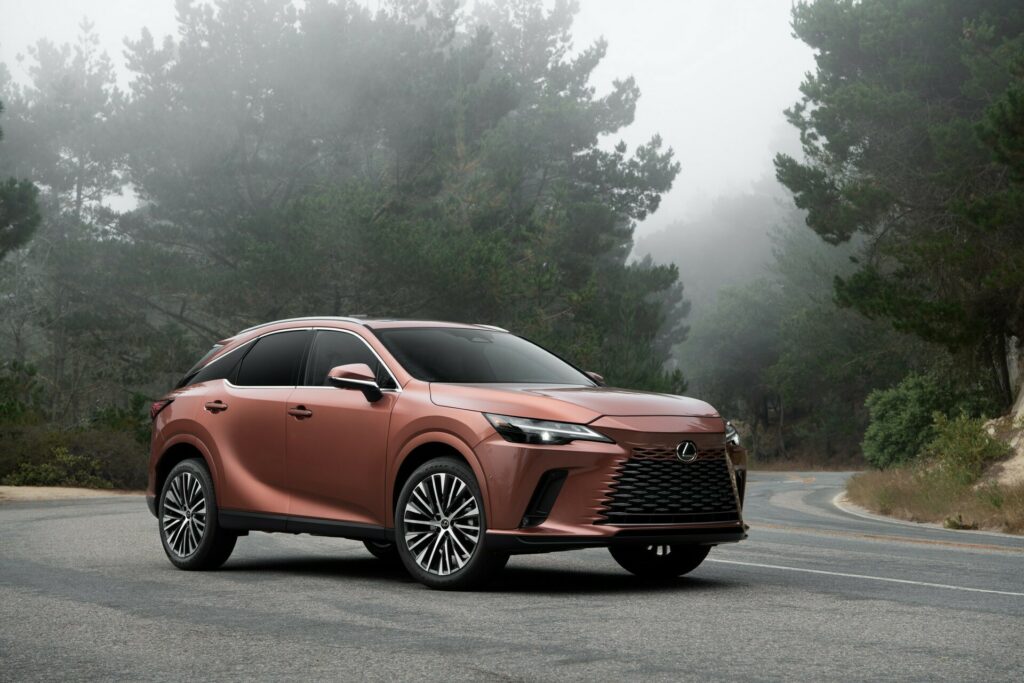Car Sales Surge

In recent months, car sales in the United States have experienced a notable uptick, as automakers such as Ford, Hyundai, Kia, Mazda, and Honda reported significant increases in sales. The trend comes amidst widespread concerns about potential price hikes tied to trade policies, sparking a wave of panic buying from consumers who want to lock in current prices before they escalate.
Attention has particularly been drawn to April’s impressive numbers where Ford recorded an outstanding 16.3% sales boost, with 207,713 vehicles sold under both its Ford and Lincoln brands. On an equally stellar note, Honda achieved an 18.1% growth across its Acura and Honda lines, reflecting strong consumer interest with 137,656 units sold last month.
Mazda’s Performance

Mazda continues to ride the wave of success, achieving a 21% increase in sales, indicating a somewhat above-trend performance compared to other competitors. It’s clear that American consumers have shown a growing preference for the lineup, despite the broader storm clouds on the economic horizon.
Other Brands

Hyundai-Kia matched Ford’s growth percentage, with a rise of 16.3% in sales, translating to 162,615 units. Toyota wasn’t far behind with a respectable 7.9% growth, selling 197,871 vehicles, alongside Lexus with 35,174 units in the same period. Even Volvo saw a bump, climbing by 5.2%.
Subaru’s Steady Climb
Subaru sustained its remarkable streak of sales growth for the 33rd consecutive month, although April showed a modest uptick of just 0.3%. This marginal growth could imply a need for strategic adjustments moving forward.
Driving Experience
Now, shifting gears, the driving experience provided by these vehicles varies significantly, and each brand offers something distinct. Ford vehicles, like the Explorer, often prioritize a robust and confident ride, appealing to those who enjoy a rugged yet refined driving feel. Honda’s lineup focuses on reliability and efficiency, with models like the Accord feeling as easygoing as an old friend, offering smooth handling and practical utility.
Mazda is known for injecting a bit of fun into the drive with the Miata’s playful roadster feel and the CX-5’s sporty agility that allows it to hug corners much like a well-matched dance partner. Toyota caters to a balanced ride, ensuring comfort and composure without compromising on ride stability. Meanwhile, Subaru’s vehicles continue to impress with their all-wheel-drive capability, making them a top choice for those navigating the diverse terrain of the American landscape.
Market Speculation
Analysts, like Jonathan Smoke, suggest that the current buying spree might be unsustainable. With tariffs poised to drive up prices, the flourishing sales figures may soon plateau. The auto industry is bracing for a shift, and the consumers’ willingness to adapt to higher prices will determine the future trajectory. As carmakers push to maintain steady pricing and consumers dash to secure deals, the focus will be on how these dynamics play out in the coming months.
It’s a classic lesson in economics: when prices float towards the ceiling, consumer habits shift. There’s anticipation that soon enough, deeper understanding of price elasticity will become the reality check. Time will tell how these changes will shape the market landscape, but for now, it’s pedal to the metal for both car enthusiasts and cautious buyers alike.
Airbike Soars High
Infiniti's SUV Future
Bugatti Bolide Roars
Chevy Captiva EV Global
Retro Corolla Appeal